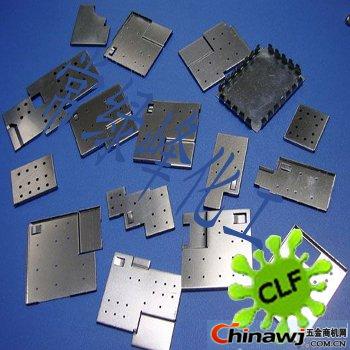Analysis of Undesirable Phenomena in Cleaning White Copper (Shield Industry)
When many metal processing plants come across foreign copper and copper products, the issue of how to properly clean them often arises. Despite guidance from cleaning agent manufacturers, companies sometimes struggle to fully understand the underlying issues. This article aims to analyze some common problems encountered during the cleaning process to provide insights.
Firstly, determining the effectiveness of degreasing is crucial. After washing the product, rinse it thoroughly and allow it to dry. If visible dirt remains on the surface, use a clean cloth with a small amount of white electric oil or alcohol to gently wipe the workpiece. If the dirt disappears, the cleaning agent is effective. However, if stubborn dirt persists, it indicates that while the cleaner works well on general grime, it struggles with tougher residues. In such cases, increasing the cleaning effort slightly might help, but avoid using excessive force. If the dirt remains despite vigorous wiping, examine whether the same residue is present on untreated parts. If so, trace back to the earlier stages of the production process to identify and eliminate the root cause of such stubborn residues. Addressing this at the source will prevent unnecessary increases in cleaning costs later on.
Secondly, regarding fingerprints on cleaned products, water-based cleaning agents can effectively remove minor prints, but heavy fingerprints are challenging to eliminate entirely. Start by attempting to wipe the prints off. Usually, they should vanish with gentle wiping, even after baking and drying. If wiping fails, test an untreated part for comparison. If the print vanishes on the untreated piece, investigate potential changes during the cleaning process that might have altered the fingerprint's nature. If the untreated part still shows prints, the fingerprint may have chemically reacted with the workpiece material. This happens frequently in processing units and should be addressed at its origin. Implement strict handling protocols to ensure minimal manual contact with the product during processing.
Thirdly, yellowing of the product post-cleaning can manifest in various forms—whole surface, localized patches, or spots. If the entire surface turns yellow or blackens over time, the cleaning agent is likely at fault. For localized yellowing, consider two possibilities: the cleaning agent could be mildly corrosive to copper, or leftover cleaning residue might cause discoloration. Use the wiping method to verify if the yellowing is removable. Spotty yellowing suggests incomplete degreasing or rinsing, which requires closer attention.
Fourthly, watermarks appearing after cleaning usually stem from rinsing water quality. Check the condition of your pure water system and the water quality in your rinsing tanks. A simple test involves wiping a clean workpiece with alcohol to ensure it’s free of stains, immersing it in the rinse water, and drying it with a hairdryer to detect any watermarking. If marks appear, assess your water purification equipment. Alternatively, place the workpiece in a drying device; if watermarks still form, clean the device as debris inside might have settled on the surface during drying.
Company: Shenzhen Evergreen Chemical Technology Co., Ltd.
Tel:

The analysis above highlights common challenges faced during the cleaning of white copper in the shield industry. Understanding these issues helps optimize processes and reduce costs. Proper management and attention to detail ensure the best outcomes for your products.
Steel Structure House,Modular House,Modular Steel House,Structural Steel Frame House
Foshan Shengbang Steel Structure Co.,Ltd , https://www.sbsstructure.com